Decerebrate Posture: Physiotherapy Treatment
What is Decerebrate posture?
Decerebrate posture is an abnormal body posture that involves the arms and legs being held straight out, the toes being pointed downward, and the head and neck being arched backward. The muscles are tightened and held rigidly. This type of posturing usually means there has been severe damage to the brain.
Decerebrate posturing is also called a decerebrate response, decerebrate rigidity, or extensor posturing. It describes the involuntary extension of the upper extremities in response to external stimuli. In decerebrate posturing, the head is arched back, the arms are extended by the sides, and the legs are extended.
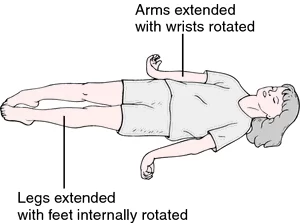
A hallmark of decerebrate posturing is extended elbows. The arms and legs are extended and rotated internally. The patient is rigid, with the teeth clenched.
The signs can be on just one side of the body or on both sides, and it may be just in the arms and may be intermittent.
A person displaying decerebrate posturing in response to pain gets a score of two in the motor section of the Glasgow Coma Scale (for adults) and the Pediatric Glasgow Coma Scale (for infants), due to his or her muscles extending because of the neuro-muscular response to the trauma.
Decerebrate posturing indicates brain stem damage, specifically damage below the level of the red nucleus (e.g. mid-collicular lesion). It is exhibited by people with lesions or compression in the midbrain and lesions in the cerebellum. Decerebrate posturing is commonly seen in pontine strokes. A patient with decorticate posturing may begin to show decerebrate posturing or may go from one form of posturing to the other. Progression from decorticate posturing to decerebrate posturing is often indicative of uncal (transtentorial) or tonsilar brain herniation. Activation of gamma motor neurons is thought to be important in decerebrate rigidity due to studies in animals showing that dorsal root transection eliminates decerebrate rigidity symptoms. Transaction releases the centres below the site from higher inhibitory controls.
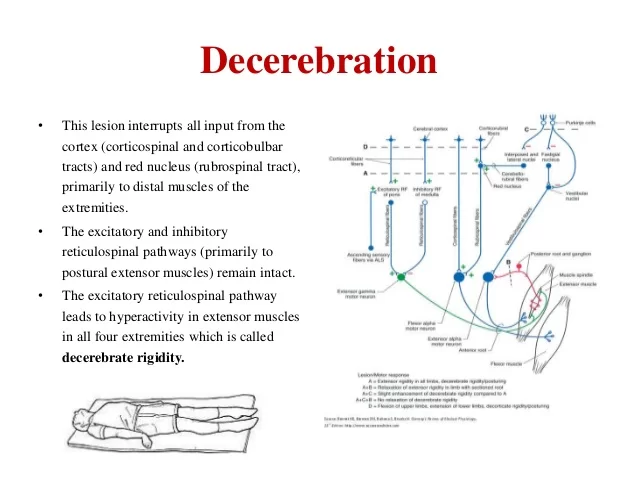
In competitive contact sports, posturing (typically of the forearms) can occur with an impact to the head and is termed the fencing response. In this case, the temporary posturing display indicates transient disruption of brain neurochemicals, which wanes within seconds.
Causes of Decerebrate Posture:
Following are the most common causes are:
- Haemorrhage in the brain from any cause
- Brain tumour
- Hemorrhagic Stroke
- Brain problems due to side effects of drugs, poisoning, or fungal, Bacterial infection
- Head-brain injury
- Brain injury due to liver failure
- Increased pressure in the brain from any cause
- Brain tumour
- Infections, such as meningitis
- Reye syndrome ( brain damage and liver function problems that affect children)
- Brain injury from lack of oxygen
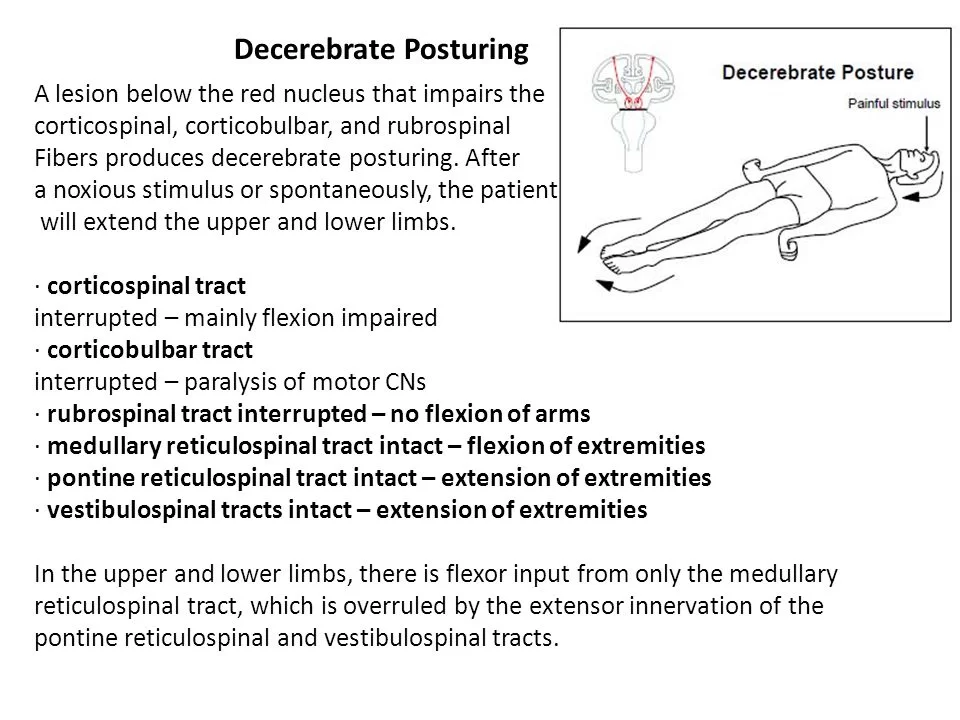
Diagnosis :
The following method is used to Diagnosis of Decerebrate posture.
- CT Scan or Magnetic Resonance Imaging- of Head (MRI)
- Blood and urine tests to check blood counts, screen for drugs and toxic substances, and measure body chemicals and minerals
- Cerebral angiography (dye and x-ray study of blood vessels in the brain)
- EEG (brain wave testing)
- Intracranial pressure (ICP) monitoring
Prognosis
Normally people displaying decerebrate or decorticate posturing are in a coma and have poor prognoses, with risks for cardiac arrhythmia or arrest and respiratory failure.
Treatment of Decerebrate Posture:
- Physiotherapy treatment :
- Remove the cause
- Remove rigidity and Remove spasticity
- Postural correction
Physiotherapy Treatment:
Physiotherapy treatment of Decerebrate posture is according to the assessment of Posture, Diagnosis of the related condition, and symptomatic treatment.
The goal of Physiotherapy Treatment :
- Regain movement control
- Reduce Rigidity/spasticity
- Maintain Body Posture
- Relax Body Posture
- Improve Sitting and standing Balance.
To reduce spasticity and rigidity :
To reduce spasticity and rigidity Stretching exercise are the best treatment option. Stretching exercises of tight muscles mainly Hamstring stretching exercise, Adductor stretching exercise, and calf muscle stretching exercise are important in the lower limb, and relaxing passive movement to maintain body posture is also equally beneficial.
In the Upper limb according to the assessment of spasticity stretching exercises are required. Maintaining a Range of Motion and relaxed passive movement of all joints is required.
To improve Balance of Sitting Balance and standing Balance, according to the assessment Balance exercise are helpful in improving condition.
Stretching exercise in Decerebrate Posture :
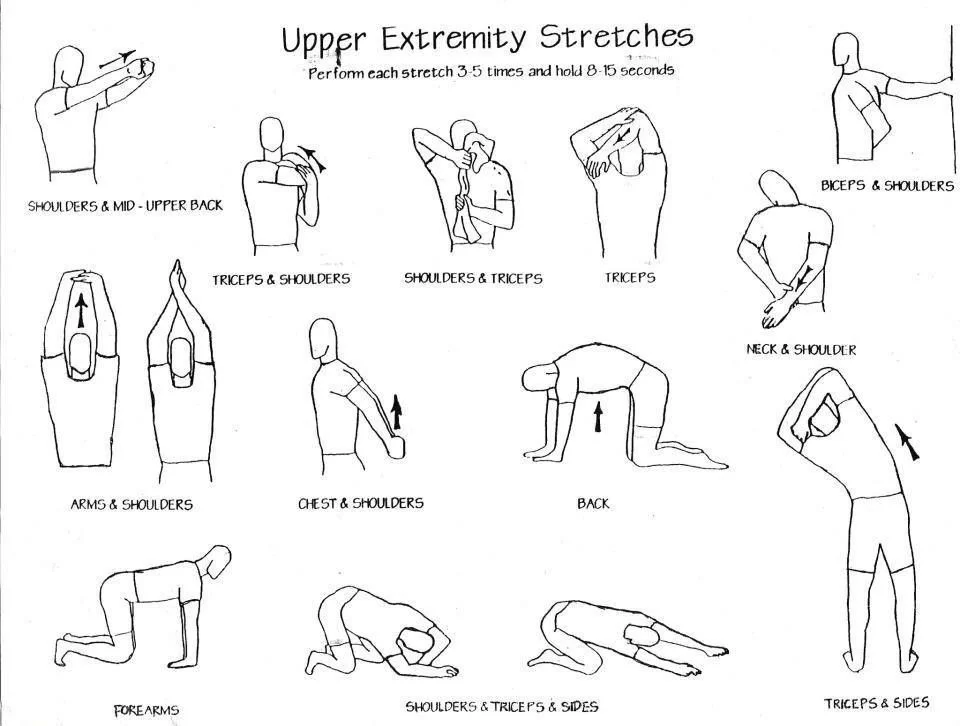
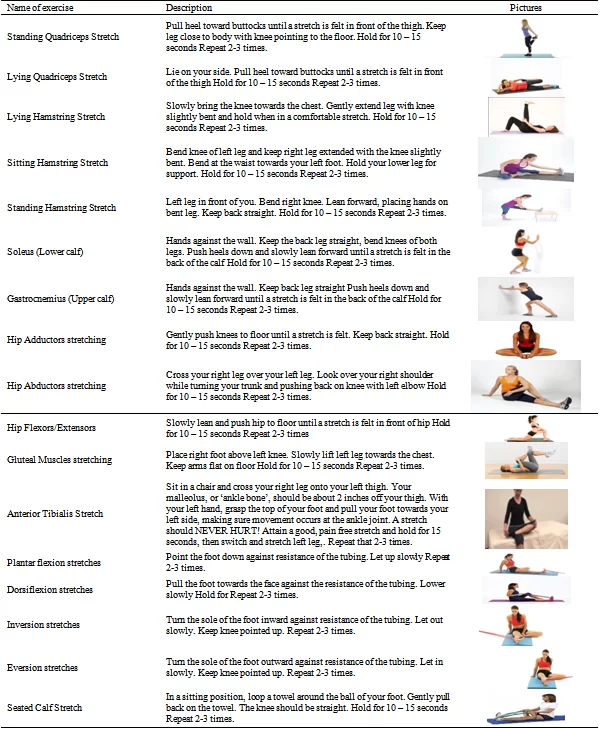
Strengthening exercise in Decerebrate Posture:
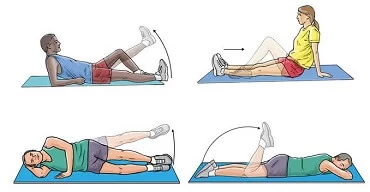
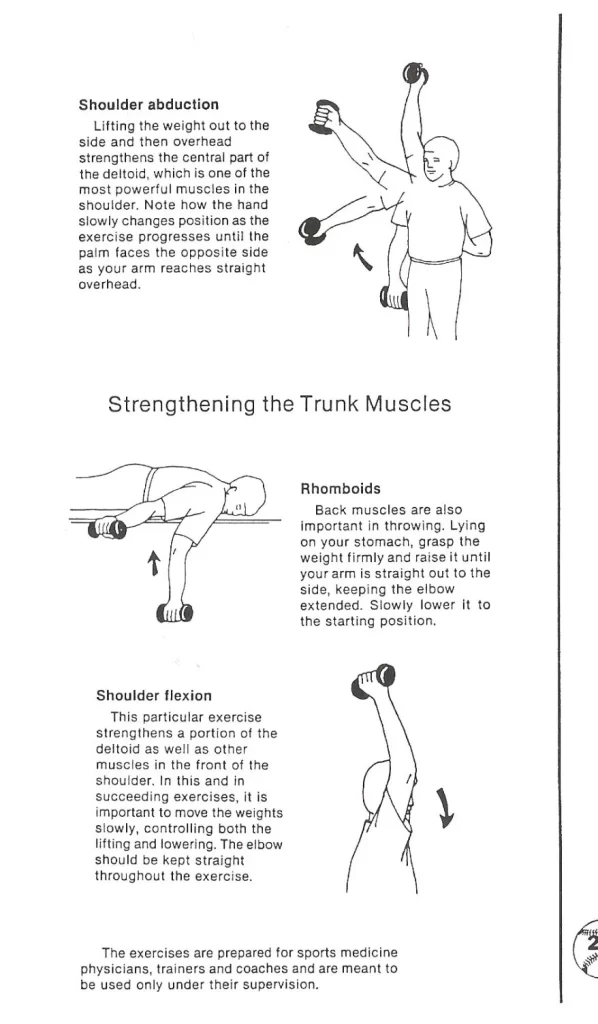
FAQs
What is the difference between Decerebrate & Decorticate posturing?
The main difference between the two postures is whether or not the arms are bent at the elbow. A person whose elbows bend and fold their arms up toward their chest exhibits decorticate posture. A person whose limbs all stretch away from their head exhibits a decerebrate posture.
What is the cause of decerebrate posture?
The most prevalent causes of decerebrate posture are head traumas, including concussions and severe brain injuries. Use safety equipment such as helmets and seat belts to protect your brain from harm.
Which part of the brain is injured in decerebrate posturing?
Damage to deeper brain areas, such as the midbrain, pons, and diencephalon, causes decerebrate posturing.
Does decerebrate posturing indicate brain death?
In order for a person to be declared brain dead, all of the following tests must reveal a lack of brain function: There should be no spontaneous movement or movement in reaction to unpleasant stimuli (spinal reflex movement is permitted). Seizures, decerebrate or decorticate posture, or dyskinetic movements are not permitted.
Why is decerebrate more serious?
While decorticate posturing is still an indication of significant brain injury, decerebrate posturing generally indicates more extensive damage at the rubrospinal tract, and therefore the red nucleus is also implicated, suggesting a lesion deeper in the brainstem.


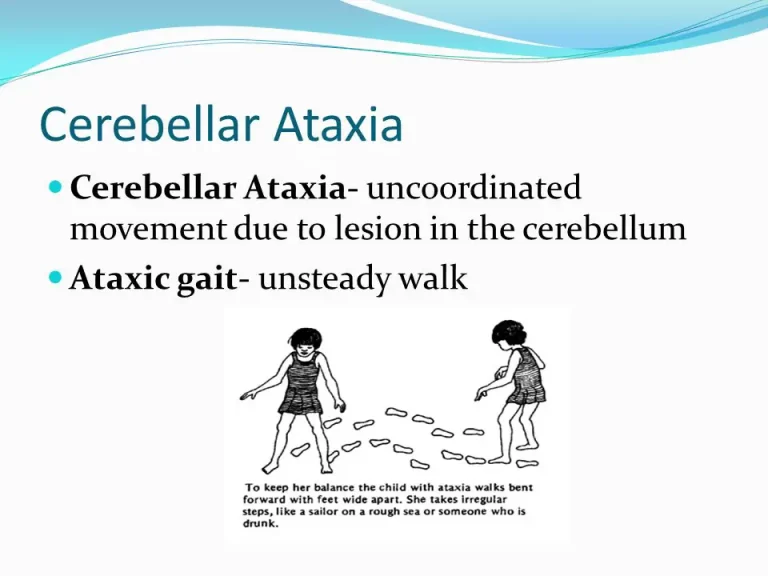

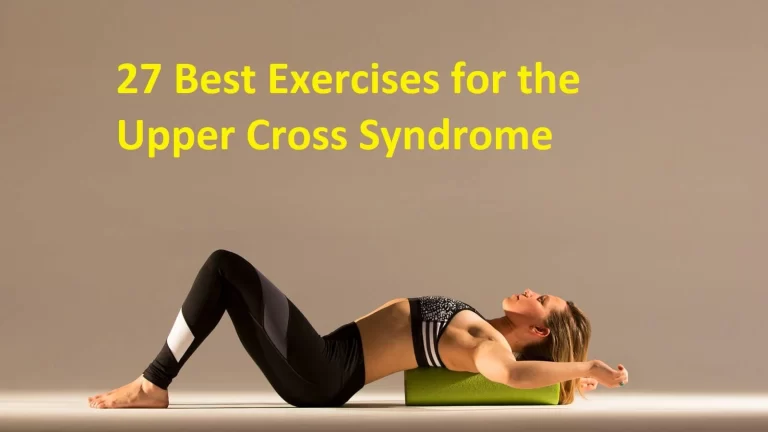
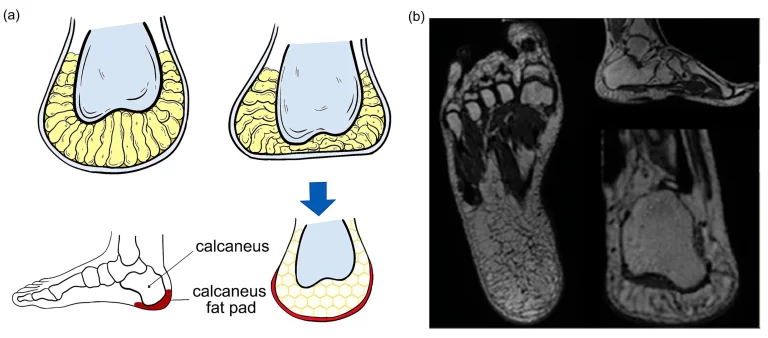
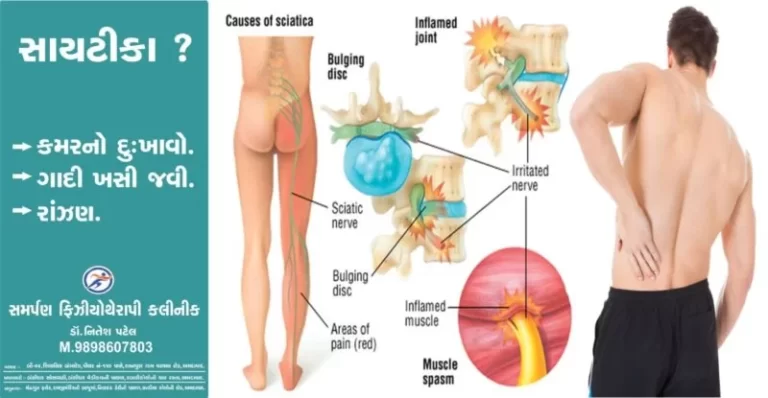
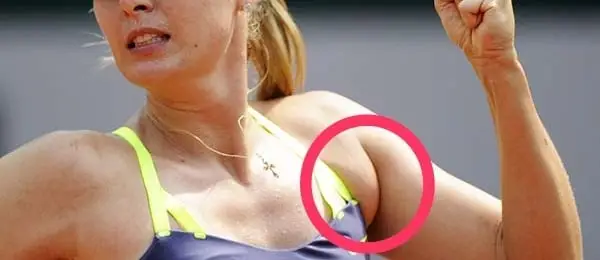
Hello sir, you can contact Physical therapist near to you, that really helpful for patient.